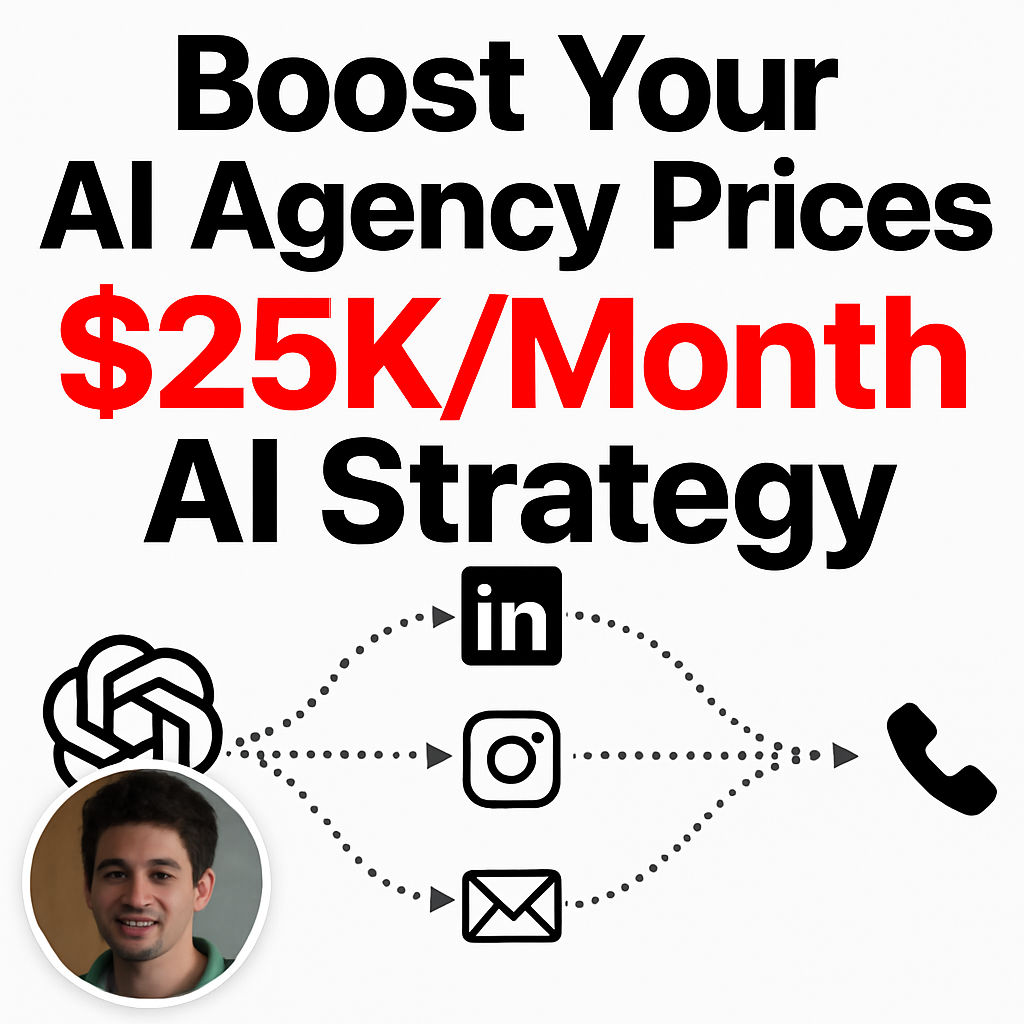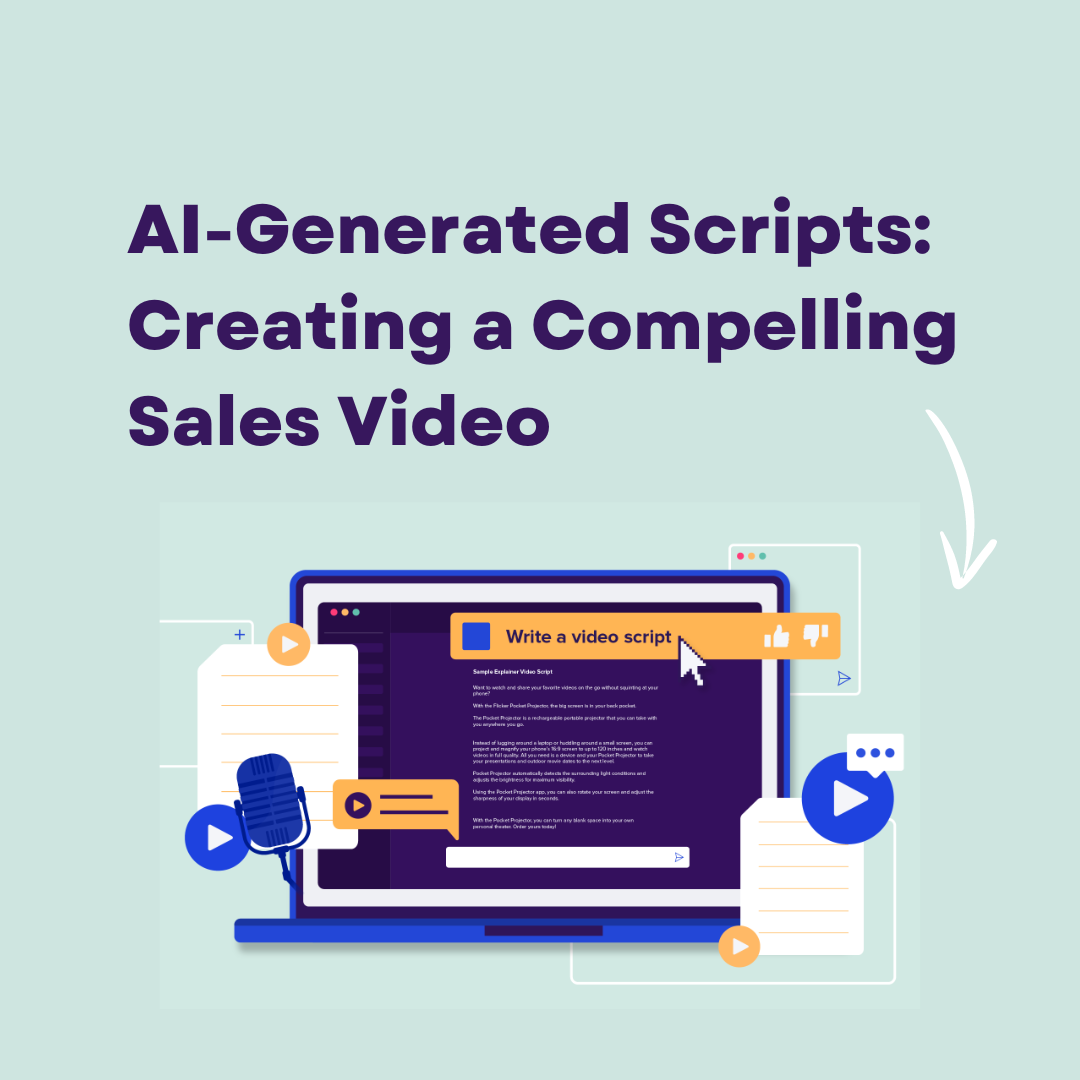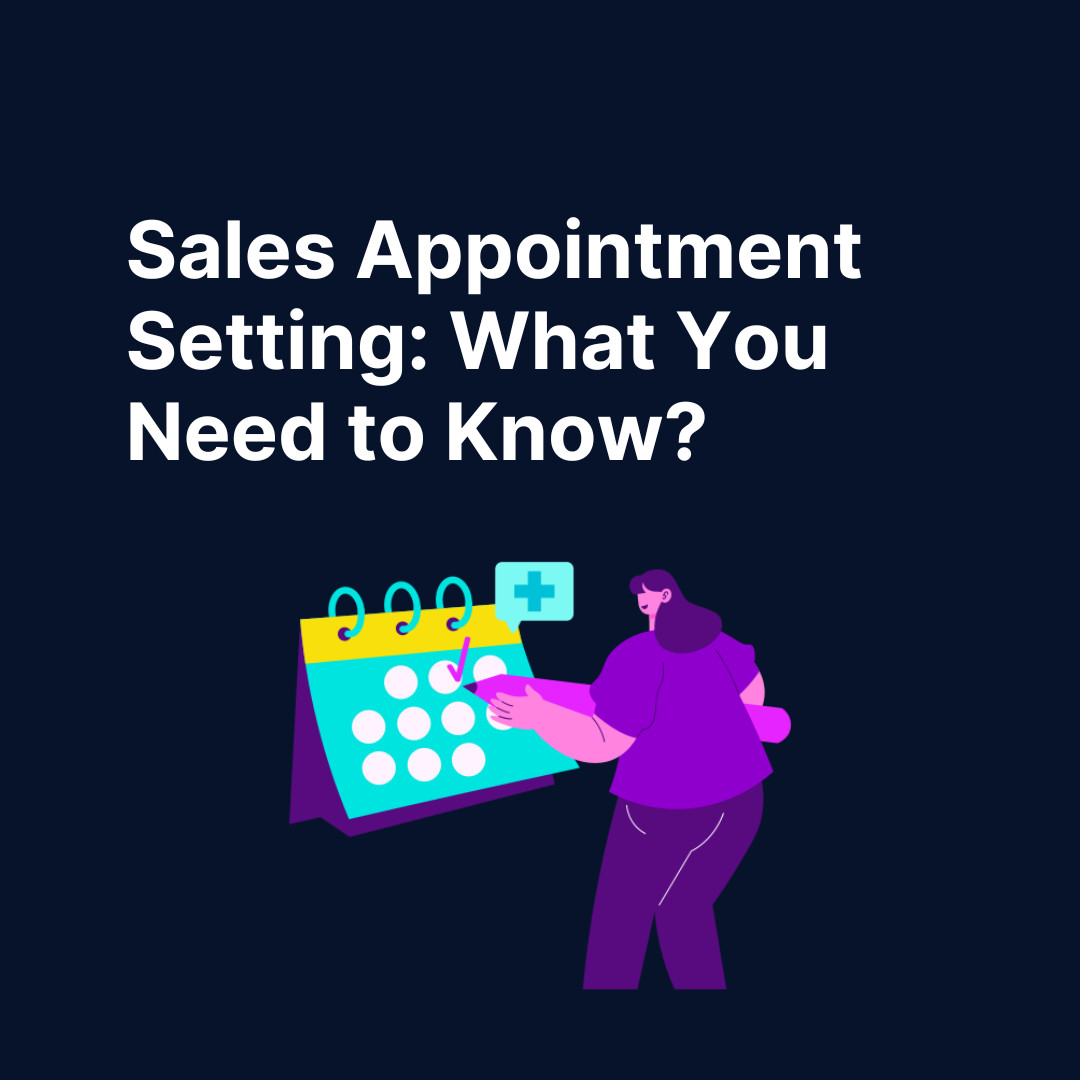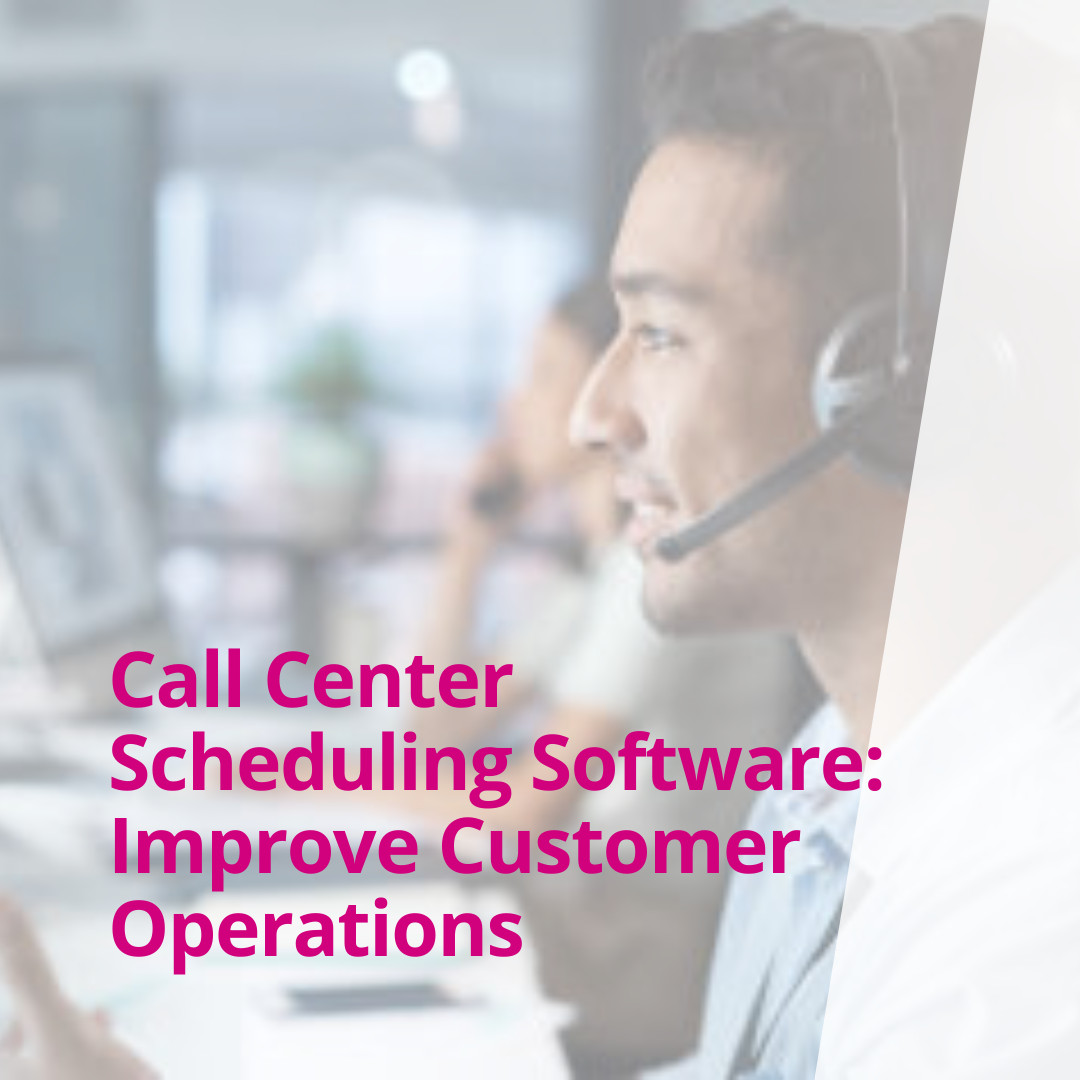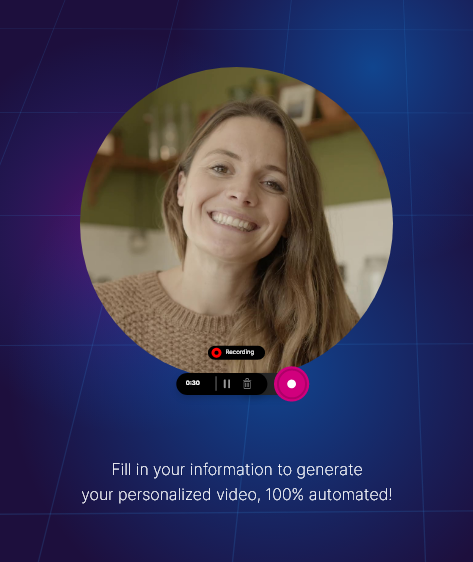When it comes to AI and automation agency pricing, most business owners and consultants are guilty of undercharging for their expertise. If you’re reading this, chances are you sense you should be raising your rates—but something’s holding you back. The problem isn’t just a matter of numbers—it’s about shifting your mindset, understanding value, and building systems that unlock higher earning potential.
This in-depth guide breaks down the six key strategies for charging more for your AI and automation services (while applying these same principles to any agency). You’ll learn how to flood your lead pipeline, position your offerings as high-value, and transition from freelancer “hourly rates” to consultant pricing that truly reflects your impact. Plus, we’ll explore productization and practical steps to scale your agency sustainably.
Based on the original video:
Why Most AI and Automation Agencies Undervalue Themselves
Before diving into tactical strategies, recognize that charging more as an agency is not purely about changing your rates on an invoice. It requires a fundamental mindset shift—a move from scarcity and “trading hours for dollars” to embracing abundance and value-based pricing. Some naturally develop this perspective through their environment, but for most, it’s a learned skill.
At the root, undercharging happens because:
- You have too few clients or leads (scarcity mentality)
- You offer your time and technical skills, not the real business outcomes
- Your processes aren’t standardized, so offering higher prices feels riskier
Let’s break down step-by-step exactly how successful automation and AI consultants command higher fees and build agencies that work for them—not the other way around.
1. Flood Your Pipeline With Quality Leads
The quickest way to charge more is to open up more options. If you’re only getting a few leads a month, you’re forced into taking lower offers just to keep your business going. When you massively increase the number of leads in your funnel, you give yourself the leverage to say “no” to lowball offers and focus on the clients willing to pay more.
An Example of Pipeline Power
Imagine you receive three proposals in a week: one for $1,000, one for $1,500, and one for $2,000. Naturally, you pick the $2,000 client. But if you increase your reach tenfold and receive 15 offers—ranging from $500 to $10,000—you can prioritize the biggest, best-aligned opportunities. This is the power of a full pipeline.
If you’re worried about not being able to fulfill all the work, remember: you can always say no or delay projects. Having access to high-quality leads will push you to sharpen your sales process and build greater authority, which makes your higher prices feel natural and justified to prospects.
- Top-of-funnel expansion increases pricing flexibility
- Large lead volumes mean you’re not forced to accept every offer
- You grow your confidence and skill during the client acquisition process
2. Land & Expand: Focus on Client Acquisition First
Your first priority as a service business should be acquiring as many clients as possible—especially in the early days. Getting results for even a small batch of clients (at a reasonable entry price) not only keeps cash flowing, but also opens the door for upselling bigger engagements and recurring retainers down the road. This “land and expand” approach is critical if you want to maximize your agency’s lifetime value (LTV) per client.
The Compounding Value of Recurring Services
AI and automation agencies are well-positioned for high LTV, because automation is rarely a one-and-done need. Suppose you win a client on a $1,500 project, but structure your services to allow for a $3,000/mo retainer later. Over six months, that can easily add up to $20,000 or more in value from a single initial sale. Front-load your client base, then upsell and expand using data-driven, results-oriented follow-up campaigns.

- The first sale often leads to much higher LTV
- Upsell from initial projects to retainer-based services
- Systematic follow-up increases revenue from existing accounts
For a deeper dive on effective cold outreach (and filling that pipeline fast), check out this guide on mastering B2B cold calling scripts in 2025.
3. Ditch the Hourly Rate: Embrace Value-Based Pricing
Far too many AI consultants and agency owners price their services based on the hours they put in. If you do this, your incentives don’t match client outcomes—and you punish yourself for being efficient and skilled. Instead, your goal should be to price based on the value you deliver, not the minutes you spend.
How Value-Based Pricing Works in Practice
Let’s say you automate a client’s invoice follow-up process. Previously, they paid $500/mo in labor for someone to do this manually. But because your automation lets them collect payments faster, they can shorten their invoice cycles, bringing in $30,000 more in annual revenue. The total quantifiable value: $500 x 12 + $30,000 = $36,000/year.
When selling, you can confidently charge 20-50% of that value depending on savings or revenue generated. Now, you’re moving from being a “builder” to a trusted advisor and partner, justifying prices of $7,000–$10,000 for a solution, instead of $50/hour for a few hours’ work.
- Ask prospects what problems are costing them—quantify in dollar value
- Present your service as a solution to their direct and opportunity costs
- Charge based on impact—typically 20–50% of realized value

4. Solve Richer Problems for Wealthier Clients
Not all clients are created equal. If you’re automating workflows for small local businesses, the ceiling on what you can charge will always be lower—simply because their upside is limited. Targeting higher-value industries means the problems you solve translate to much larger business returns, letting you price accordingly.
Maximize Upside by Targeting High-Value Niches
Consider the difference between delivering $10,000 in value to a local dog walking business and solving a $10 million efficiency problem for a finance firm. The latter represents a 100x earning opportunity. Additionally, working with fewer (but more profitable) clients helps streamline your operations, reduce fixed costs, and gives you the bandwidth to deliver better results.
- Identify sectors where automation can generate high-dollar returns
- Position your offers as essential for profit-centric, high-growth companies
- Eliminate unnecessary low-value clients that dilute your focus and time
5. Sell Outcomes (Futures), Not Technical Features
Many consultants make the mistake of leading client conversations with technical specs, process details, or obscure metrics no one outside their industry cares about. Clients want to know one thing: if they invest in your services, what results will they get?
Make ROI Your Primary Selling Point
Frame your offers as a “black box” investment. Instead of getting caught up in jargon (APIs, data models, or software stacks), make it clear that when clients put $5 into your system, they get $50 back. This shift from product features to business outcomes makes budget allocation a no-brainer, removing friction and speeding up the decision-making process.
- Lead sales calls with expected results and ROI
- Minimize technical explanations—focus on simple business wins
- Reduce complexity for your client; remove obstacles to buying
6. Productize Your Service or Plateau
If every new client requires inventing your process from scratch, you’ll quickly hit a revenue ceiling. Long-term growth comes from turning your custom services into repeatable, standardized products. Productization allows you to serve more clients, deliver higher quality, and command premium fees without scaling up headcount or burning out.
The Power of Standardization
Start by reviewing your last 10 client projects. List every task, step, or deliverable you provided. Identify the 80% of steps that are identical across accounts—these form your core process. Next, look for parts of that checklist that don’t require human input, and either automate them or eliminate unnecessary steps. The goal is to reduce your process to the essential, high-leverage actions you perform best.
For example, if you currently send several emails and forms to onboard a client, consolidate those steps into a single, streamlined intake call. Automate appointment scheduling as part of contract signing. By condensing five steps into two, you not only save time—you deliver a smoother, more predictable client experience and set your agency up for easier scaling.

- Consistent processes smooth out delivery and minimize “reinventing the wheel”
- Automation reduces manual bottlenecks—productization unlocks growth
- Build scalability into your business model before increasing team size
If you need step-by-step guidance on building automated booking systems as part of your productized service delivery, see this practical guide to creating a booking link.
Key Takeaways: How to Raise Your AI Agency Prices (and Get Paid What You’re Worth)
- Flood your pipeline: Expand your lead generation to maximize leverage.
- Land and expand: Focus on initial acquisition, then upsell bigger recurring services.
- Value-based pricing: Price on the impact you deliver, not the hours you work.
- Solve pricier problems: Target wealthier, higher-upside clients and sectors.
- Sell outcomes, not features: Make ROI the heart of your offer.
- Productize your service: Standardize your process to enable effortless scaling.
Shifting your pricing strategy is as much about reframing how you view your services as it is about what you charge. Move away from competing on time or technical tasks—charge for results, seek bigger challenges, and design repeatable systems that make scaling (and earning more) inevitable.
FAQ: Raising Your AI and Automation Agency Prices
How do I calculate value-based pricing for automation services?
Start by working with clients to determine the direct savings (reduced labor, improved turnaround) and the opportunity cost or upside (increased revenue, fewer errors, faster operations) that your automation unlocks. Price your engagement to reflect a reasonable portion of this total value—commonly 20–50% depending on the nature and risk of the results.
Won’t I lose prospects if I raise my rates?
You may lose some price-sensitive prospects, but you’ll replace them with clients willing to pay for expertise. By increasing your lead flow (“flooding your pipeline”), you gain the leverage to pick better, higher-paying clients, growing your agency’s total profit and reducing client churn.
How can I standardize my AI agency services for productization?
Review all past projects and extract the common steps. Create a checklist that reflects the essential, repeatable tasks you do for every client. Automate or remove non-essential steps and use this system as the backbone for streamlined, productized service delivery.
What types of clients or industries are best for high-priced automation?
Target industries where efficiency, accuracy, and time savings directly impact profit—finance, legal, enterprise SaaS, healthcare, and e-commerce often yield the greatest returns for automation solutions and typically have the budgets to match.
Is it necessary to move entirely away from hourly billing?
For specialist AI and automation agencies, shifting to value-based pricing is the most effective route for sustainable growth and higher revenue. However, there can be rare cases (e.g., limited-scope consulting or short-term troubleshooting) where hourly rates make sense—but these should be the exception, not the rule.
